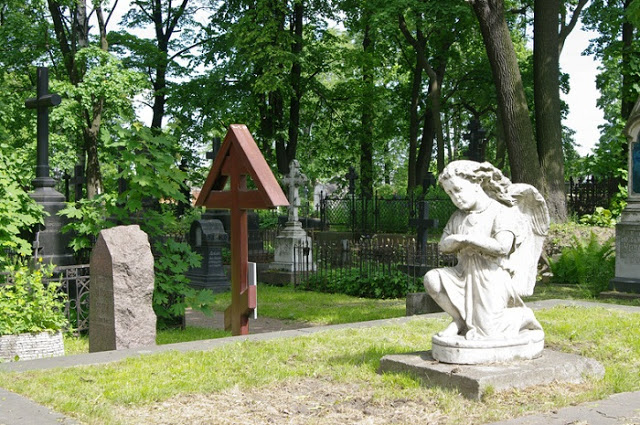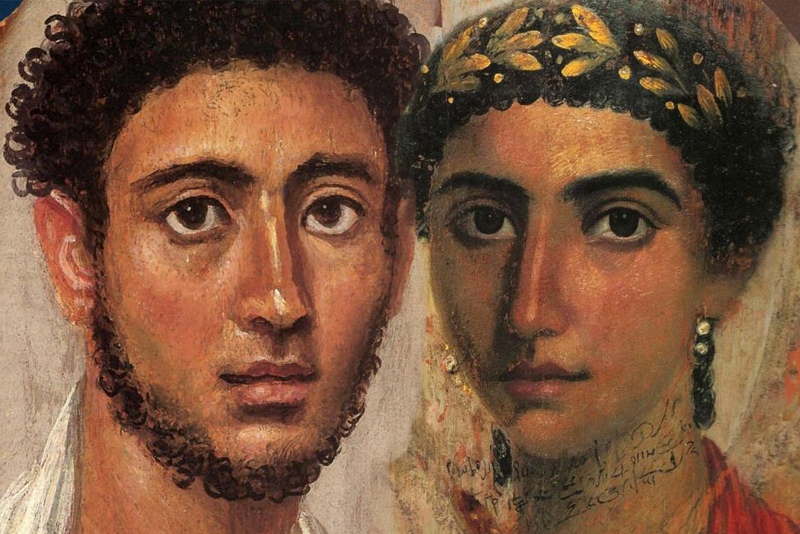
There are just two Lavras in Russia: one is Holy Trinity Saint Sergius Lavra near Moscow; the other is St. Alexander Nevsky Lavra in Saint Petersburg. There are lots of visitors in St. Alexander Nevsky Lavra, both pilgrims and tourists. It seems that there isn’t anything new to be told about this Lavra. Is that the case? What do most people know about it except the most basic “tourist-oriented” stuff? Nowadays, during the 300th anniversary of St. Alexander Nevsky Lavra, we would like to offer you several interesting facts about this monastery.
1. The place where the monastery was founded in the beginning of the 18th century, was called Victoria because, according to one account, it was there that the victorious battle of Holy Prince Alexander Yaroslavich Nevsky against the Swedes took place.
2. The first printing house in Saint Petersburg was opened in the monastery in 1720. The Slavic School “for teaching young children to read and write” was opened here in 1721. That school laid the foundation of a whole network of church-operated schools. Saint Petersburg Orthodox Theological Academy and Seminary has its origins in that school.

3. There are relics of Holy Right-Believing Prince Alexander Nevsky and a particle of relics of Saint Innocent of Irkutsk in St. Alexander Nevsky Lavra. These relics were taken away from the Lavra to the Museum of Religion and Atheism in 1922 and returned to the Lavra in 1989.
4. Many monks of the Lavra were persecuted for Christ’s sake. Almost all namestniks of the Lavra since 1917 until it was closed in 1933 were executed. Archbishop Prokopius (Titov) of Odessa and Kherson who was the namestnik of the Lavra since 1917, was killed by a firing squad, too. When Red Army soldiers attempted to seize the Lavra in January 1918, he refused to give them keys from the storehouses, which led to his arrest and subsequent release after believers’ protests.

5. The memorial cemetery of St. Alexander Nevsky Lavra is the place of eternal rest for many famous people, e.g., Fyodor Dostoyevsky (whose last will was to be buried there), Vassily Zhukovsky, Nikolai Karamzin, Mikhail Lomonosov, Alexander Suvorov, Pyotr Tchaikovsky (who was buried there upon a direct order of Emperor Alexander III).

6. The Soviet government, which was based in Petrograd at that time, decided to confiscate the buildings of the Lavra in January of 1918. Alexandra Kollontai, the People’s Commissar of Social Welfare, issued a decree and sent armed soldiers to the Lavra. However, they were blocked by a religious procession of 500,000 locals who came to defend the Lavra. It’s hard to imagine a crowd of such size nowadays… The Soviet officials gave up. The Lavra continued to exist for fifteen more years.
7. St. Alexander Nevsky Fraternity, established in the Lavra on January 21, 1918, was a unique phenomenon for the post-Revolution Russia. In spite of the ban on missionary and social work of the Church, the members of that Fraternity continued their spiritual education and charity efforts in Petrograd illegally until 1932. When the God’s Law was excluded from school curriculum, the Fraternity members led by Hieromonk Leo (Egorov) rolled out an extensive project of Christian education for children and adolescents. The monks of the Lavra and lay brothers taught church singing and Church Slavonic to the children, held special meals and even special “children’s” Liturgies where children could sing, read, and help the priest.

8. Holy Annunciation Church (the first stone church in the Lavra) is located on the territory of St. Alexander Nevsky Lavra but isn’t monastery property even now. It is used as a museum of urban sculpture now. The monastery attempts to get this church back.
9. However paradoxical it may sound, there is a Communist Memorial in the center of the Lavra. There are graves of famous proletarian warriors and heroes, party officials of the early days of the Soviet rule, party leaders, generals, and engineers near the entrance to Holy Trinity Cathedral on both sides of the alley that leads to the Metropolitan’s Office.

10. When the Lavra was re-opened in 1994, its first namestnik was Archimandrite Kirill (Nachis), a former prisoner of Nazi and Soviet labor camps. The current namestnik, Bishop Nazarius (Lavrinenko), actively uses modern technologies, such as Facebook.
Translated by The Catalog of Good Deeds



